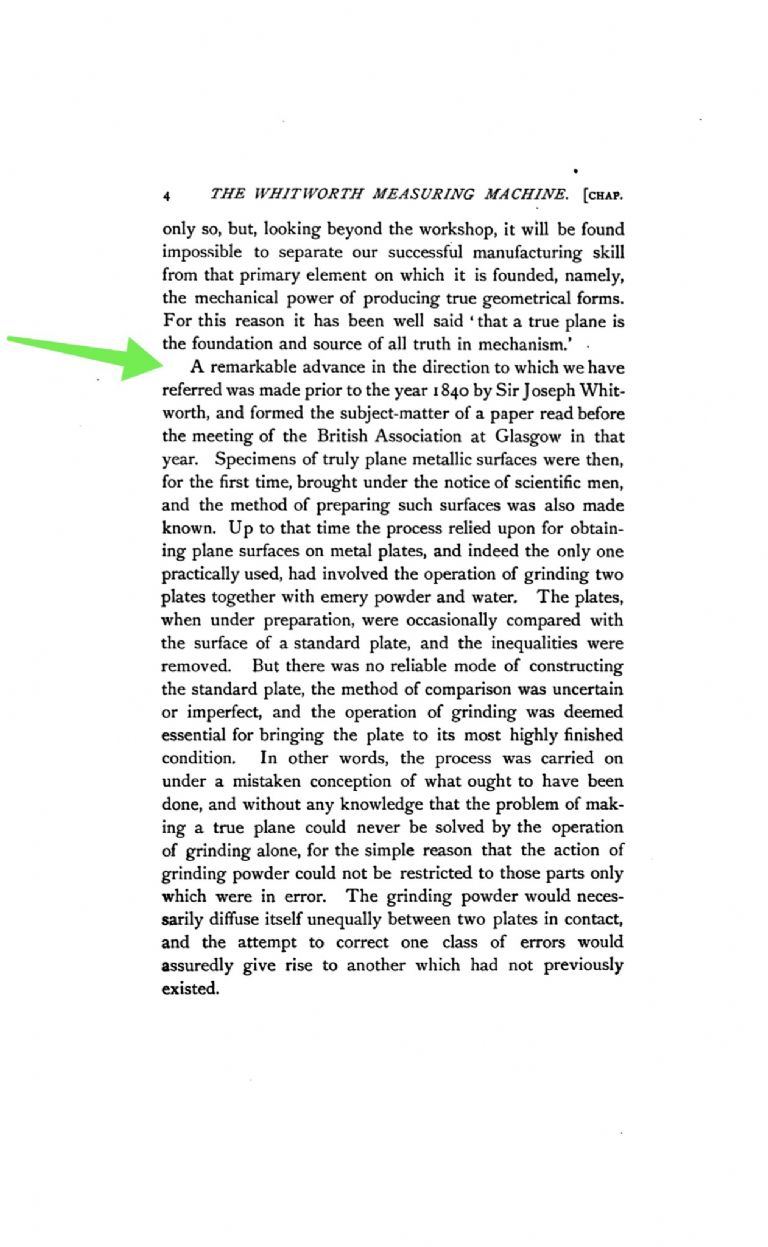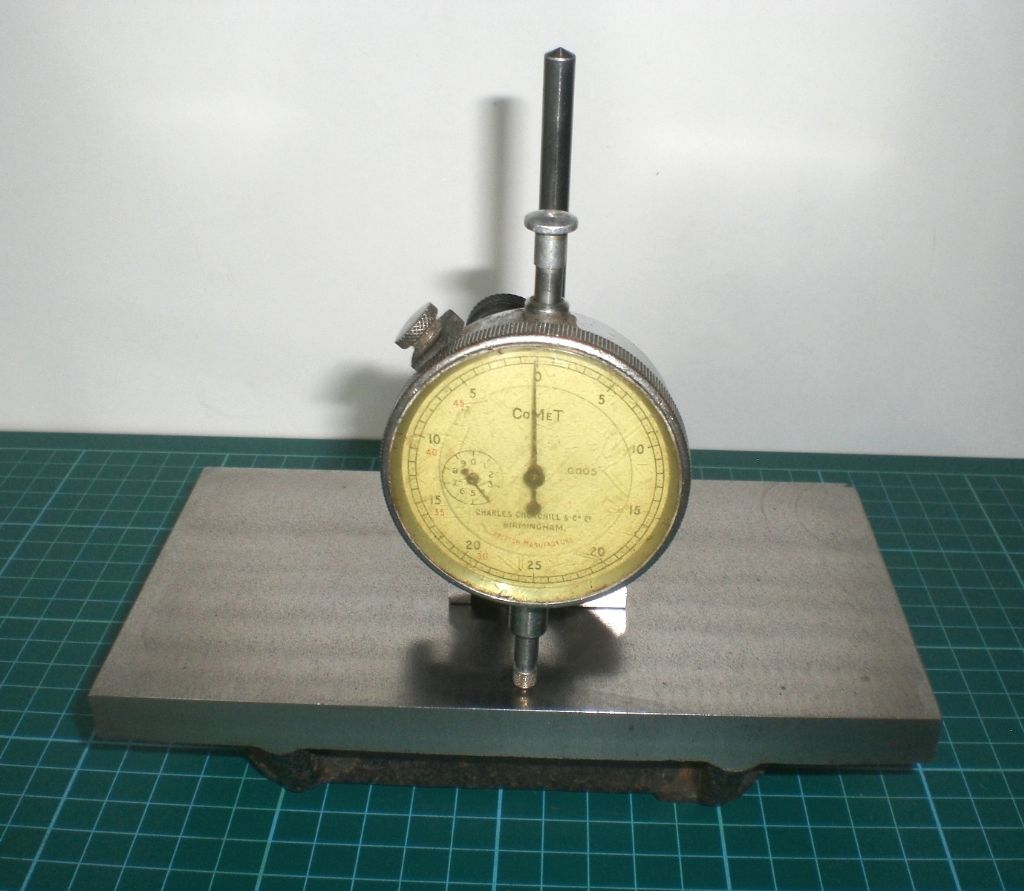Hi, I suppose it really depends on how flat you need a surface to be for your needs. I bought this first table shown below, from a car boot sale about twenty years ago, for very little money. It wasn't exactly flat, as it had a very slight bow in the mid-section, about a quarter of the length of the long side. This is 6.9" long by 3.9" wide, and for many uses it was good enough. Not so long ago, I decided to mill the surface, which I'd often though of doing, but couldn't think of a suitable way to hold it on my old Chester Champion milling machine, as any vice I have would not allow full coverage of the cutter. However, I do have a large vice for my Warco Major machine and was able to true up the sides and then hold it just above the vice jaws and just gave it a cut a few thou deep. checking with my straight edge on it in various directions showed an enormous improvement to the whole surface and using my mini surface gauge holding a DTI while moving it over as much of the surface that I could, the needle only moved a whisper away in either direction from the 0 point. OK, it's probably not a super precision way of checking flatness, but it is good enough for what I need.

This other table I bought from a stand at the recent Midlands exhibition, again at a very reasonable price, it had a few slight rusty areas on it, but these were cleaned off with some fine scotch bright and fine metal polish. This one is about 6" across the flats, using my straight edge, shows a tiny bit of day light in various places, but again not any real amount for me to worry too much about, Using the same method as before, it was found that most of the surface was below the top left side edge by about 1/2 of a thou and only wavered a whisper each way.

Both these are cast iron and have three-point level positions on their underside, despite their small size.
Regards Nick.
 JasonB.
JasonB.






